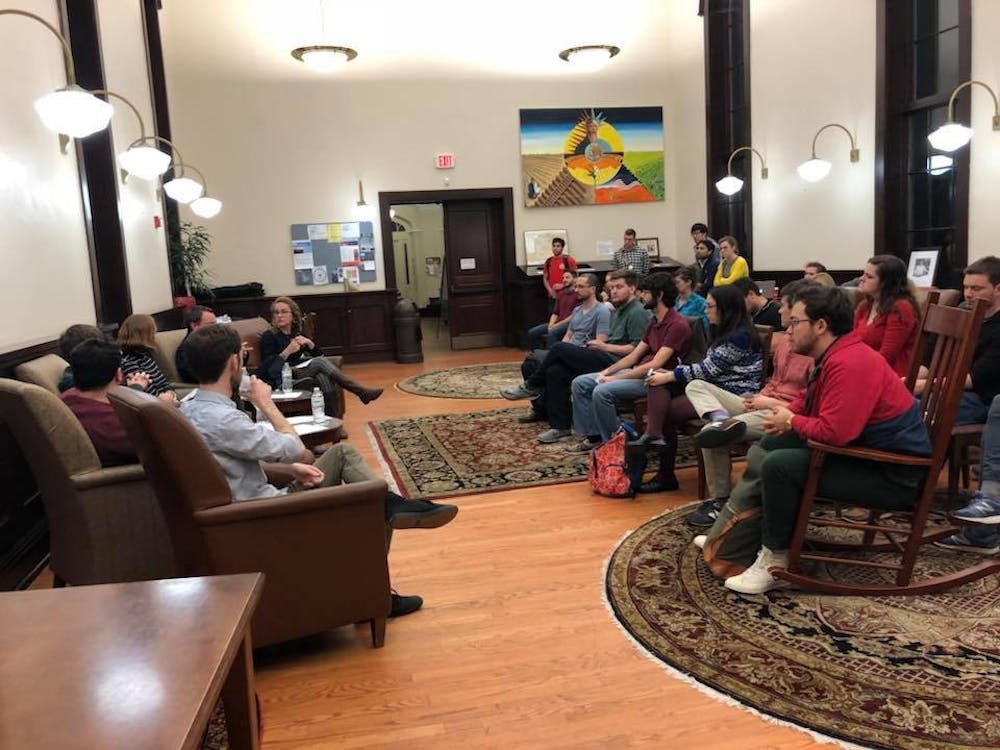Last month, Congress passed and the president signed into law H.R. 1 – originally the Tax Cuts and Jobs Act – amending the 1986 tax code, with promises of large economic growth and increased personal wealth.
Proposed in the U.S. House on Nov. 2 by U.S. Rep. Kevin Brady, R-TX, H.R. 1 originally moved to reduce the number of tax brackets from seven to four, repeal multiple tax deductions and decrease the corporate tax rate from 35 percent to 20 percent, among other actions.
The original House bill included language that would have affected undergraduate and graduate student payments. The final House bill would repeal the Lifetime Learning Credit and the Hope Scholarship Credit, among other student-used tax exemptions.
The Congressional Budget Office stated in its House-ordered report that the Joint Committee on Taxation found the House version would reduce government revenues by about $1,438 billion and increase on-budget deficits by about $1,456 billion over the first 10 years.
H.R. 1 passed in the House Nov. 16 by a vote of 227 to 205, with every Democrat and 13 Republicans voting against the bill.
After passing in the House, the Senate began work on H.R. 1 and renamed the bill. This version maintains a seven-bracket tax schedule and alters rates that way, reduces the Affordable Care Act’s individual mandate penalty to $0 and delays the decrease in the corporate tax rate to tax year 2019, among other things.
The CBO stated in its Senate-ordered report that the JCT reported enacting the Senate version would reduce revenues by about $1,633 billion and increase on-budget deficits by about $1,441 billion over the first 10 years.
H.R. 1 passed in the Senate Dec. 2 by a vote of 51 to 49 with every Democrat and Independent voting against it.
House and Senate members went into a conference committee to finalize the bill. The Conference Report was filed on Dec. 15 and agreed to in the House Dec. 19 by a vote of 224 to 201.




